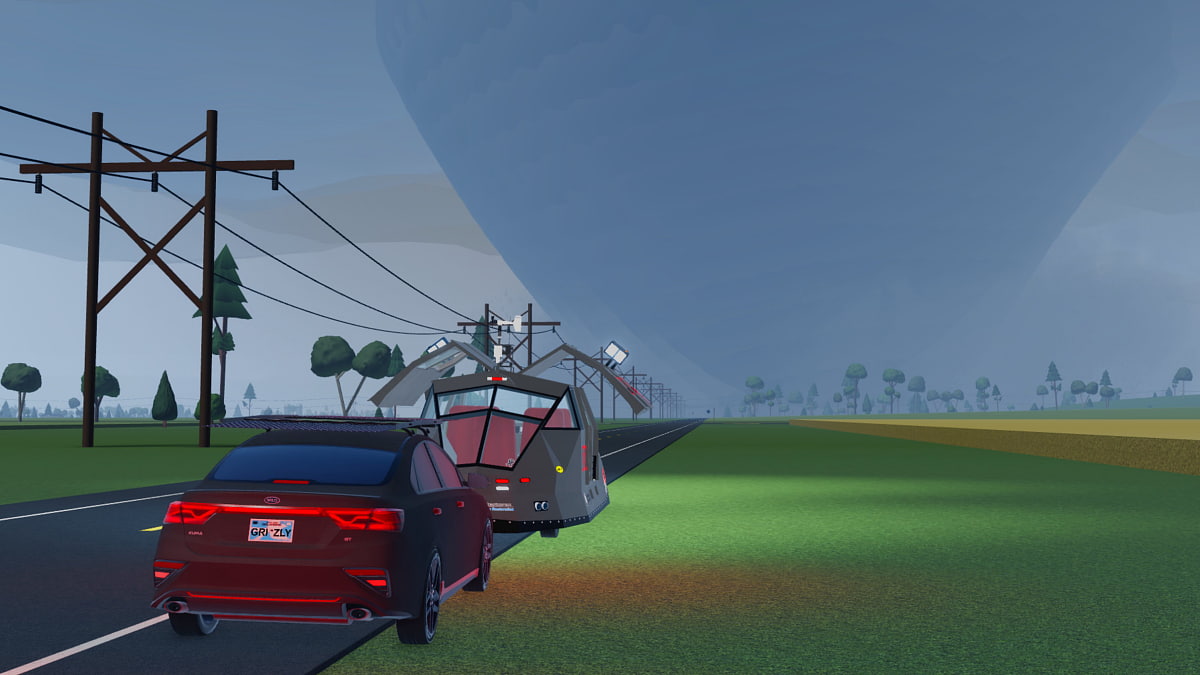Seven: The Days Long Gone is an upcoming 3D isometric RPG from Fool’s Theory, a new indie development studio made up of not-so-indie industry veterans. Fool’s Theory and IMGN.PRO promise massive amounts of player freedom, real-time combat, and a healthy variety of in-game choices, all of which may carry unexpected consequences or rewards. The first thing I did when jumping into the world was to save a man who was being beaten. He was grateful, but I thought little of it – truth be told, I was more interested in getting accustomed to combat before venturing out to explore the rest of the demo than actually saving him. Regardless of my motive, I saved him – and later, when we met again, he aided me on my quest.
My character isn’t a perfect hero. He is Teriel, a master thief and more than capable fighter. During my time as Teriel I had the option of killing anyone I wanted, even people I needed to assist me on a quest. It didn’t matter – I could kill anyone and everyone. I could have killed the man I saved and found a different person to assist me. Because that’s what Seven is about – giving the player as much choice, and as much freedom, as possible. I could avoid checkpoints in favor of sneaking, or could push through the guards with brute force – albeit, likely without much success given my current armor. In one instance I was locating Auryte – a blue crystal that is valuable in crafting – for someone. I could return it and find my own Auryte later, or I could keep it and risk having bounty hunters sent after me. In another situation I had the choice between stealth and violence while locating a hidden travel visa. I ended up choosing both, looting the guard I had just slain and dressing in his clothing in order to avoid detection.
No matter what, I never felt forced to play in a certain way, with the freedom to switch my play style at any given time. There were multiple options, from how violent I wanted to be to how I wanted to travel, laced throughout the entire demo, and each option had its own set of risks and rewards. Sneaking is, predictably, more difficult during the day, and puddles from rain make walking noisier than if you had been walking on dry land. Running in and killing everyone has it own set of difficulties, particularly if you are going in with insufficient armor and weapons. Attempting to talk your way into places, or out of trouble, is a coin toss. As the environment and your items change, you’ll likely want to adjust your strategy accordingly in order to maximize your potential for success. But you certainly don’t have to.
The design of the game in particular was the most interesting to me, in a sort of clash of high technology and medieval fantasy. At first glance, you are wandering around a standard medieval setting – however, technological wonders are weaved throughout the environment and characters alike. In Seven‘s universe society was once quite technologically advanced, but a cataclysmic event wiped out those advancements and nearly eradicated the human race. One thousand years of rebuilding has led us to this point in time. Prisoners are enslaved, sent into the ruins of old cities to retrieve ancient artifacts in order to repay their debt. And Teriel has a quite a debt to repay.
Although Fool’s Theory only had a pre-alpha demo of the game available, it was still impressive. There’s a lovely depth to the game, both in story and in design. This isn’t merely a wide top-down world, but also a rather tall one. The game features a parkour climbing system that lets the player freely traverse buildings and other obstacles of any given height, either horizontally or vertically, although I found myself running more than climbing, wanting to absorb every stitch of the environment. Navigation was a bit difficult to start, as I found myself checking the map, thinking I was at my marker when I was actually either a level too high or low. At no point was this frustrating, however. Even with a map and marker, exploration and discovery is still encouraged – a point that is nothing short of thrilling considering the openness of the world and seemingly endless number of choices. Although there is no release window yet, I’m hungry for more information about how the Empire of Vetrall rose, how the populace and environment will change over the course of the game, and how many people I can stab in the back while repaying my debt to society.





Published: Apr 26, 2016 08:30 pm